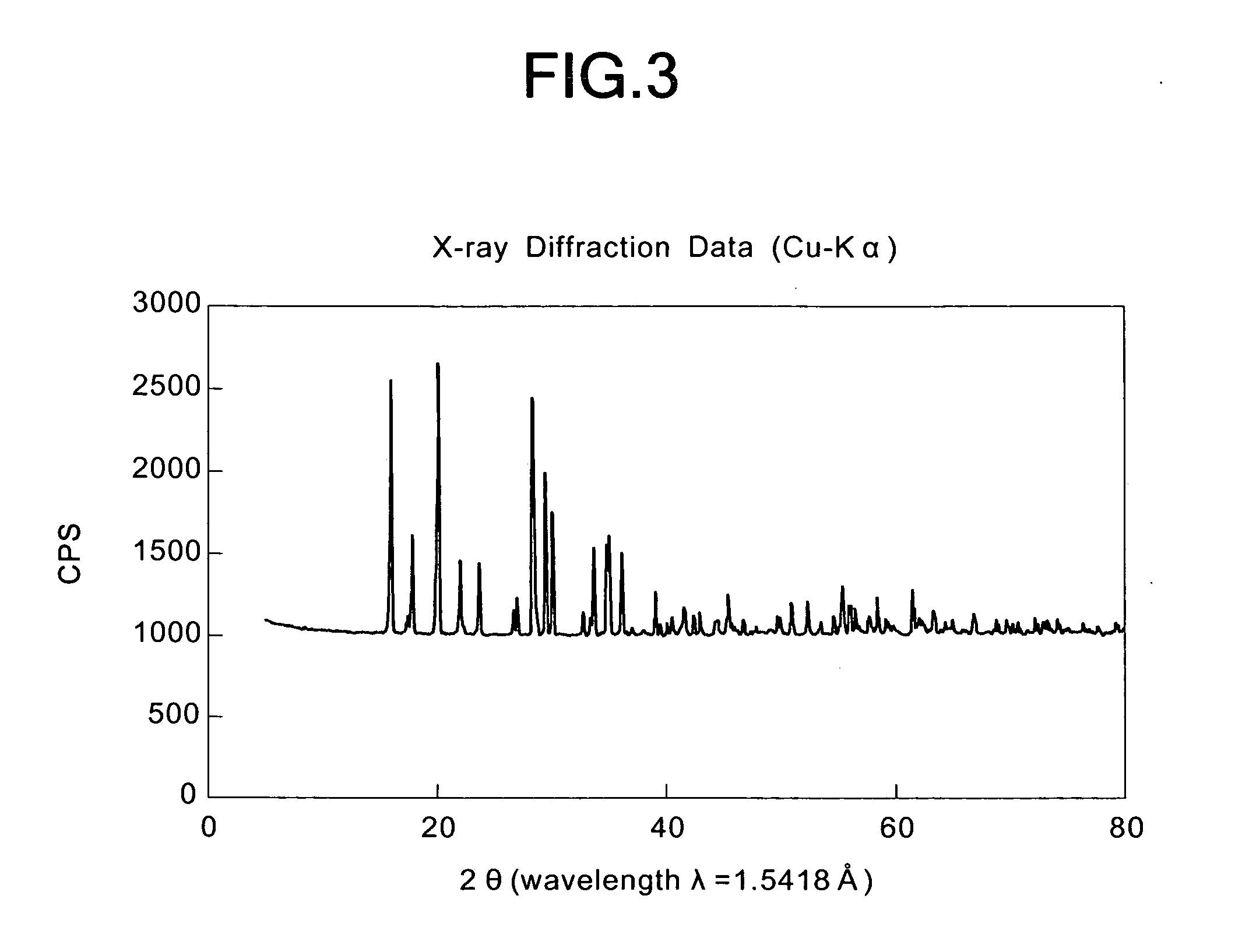Method for treating arsenic containing solution
- Summary
- Abstract
- Description
- Claims
- Application Information
AI Technical Summary
Benefits of technology
Problems solved by technology
Method used
Image
Examples
example 1
[0042]First, an arsenic containing substance of composition shown in Table 1 was prepared as a raw material. Then, 400 g of the arsenic containing substance was added to 4 L of an NaOH solution (Na concentration: 57.5 g / L) having an NaOH concentration of 100 g / L. Then, the solution was heated to 90° C., and air (gas / liquid ratio=0.5) was blown into the solution at a flow rate of 2 L / min to allow the solution to react for one hour while stirring the solution. Thus, the arsenic containing substance was leached with alkali while being oxidized. Furthermore, the pH of the solution was about 12 after the arsenic containing substance was added to the NaOH solution.
TABLE 1Cu(%)54.92 As(%)16.84 Zn(%)2.55 Fe(%)2.47 In(ppm)1324 Ga(ppm)134 Sn(ppm)755 Sb(%)1.28 Pb(ppm)3073 Cd(ppm)528 Na(ppm)349 K(ppm)188 Mg(ppm)2033 Ca(ppm)7854 S(%)2.7
[0043]Then, after the solution was cooled to 70° C., a membrane filter of PTFE (polytetrafluoroethylene) having a pore size of 3 microns was used in a pressure f...
example 2
[0059]The same arsenic containing solution (the solution of composition shown in Table 2) as that in Example 1 was used for allowing a reaction by the same method as that in Example 1, except that the stirring speed was 100 rpm and the reaction temperature (the final set temperature) was 95° C.
[0060]Furthermore, the filtration velocity (per 1 m2 of filtration area of the pressure filter) was obtained by measuring the time from the starting of the pressure filtration to the blowing of air through the filter when the solid-liquid separation of a reaction product is carried out. In addition, the pH and oxidation-reduction potential (ORP) of the separated solution after reaction were measured. Moreover, the measurement of the concentration of sulfuric acid (the concentration of free acid (FA)) and component analysis for each element in the solution after reaction were carried out by ICP. The conditions and results are shown in Tables 3 through 5.
[0061]With respect to a powder obtained b...
example 3
[0063]The same arsenic containing solution (the solution of composition shown in Table 2) as that in Example 1 was used for allowing a reaction by the same method as that in Example 1, except that 40 g / L of zinc was allowed to coexist in the solution. Then, the solid part obtained by the solid-liquid separation of the reaction product produced by the reaction was treated by the same method as that in Example 1. With respect to a power thus obtained, the same measurements and calculations as those in Example 1 were carried out. The conditions and results are shown in Tables 3 through 8.
[0064]As shown in Table 8, the Fe / As (molar ratio) of the obtained powder was 0.98, and it was found from the results of X-ray diffraction that the obtained powder was a crystalline powder of iron and arsenic. The concentration of arsenic eluted from the obtained powder of iron and arsenic was 0.05 mg / L which was far lower than the reference value (0.3 mg / L).
PUM
| Property | Measurement | Unit |
|---|---|---|
| Temperature | aaaaa | aaaaa |
| Concentration | aaaaa | aaaaa |
| Density | aaaaa | aaaaa |
Abstract
Description
Claims
Application Information
 Login to View More
Login to View More - R&D
- Intellectual Property
- Life Sciences
- Materials
- Tech Scout
- Unparalleled Data Quality
- Higher Quality Content
- 60% Fewer Hallucinations
Browse by: Latest US Patents, China's latest patents, Technical Efficacy Thesaurus, Application Domain, Technology Topic, Popular Technical Reports.
© 2025 PatSnap. All rights reserved.Legal|Privacy policy|Modern Slavery Act Transparency Statement|Sitemap|About US| Contact US: help@patsnap.com



